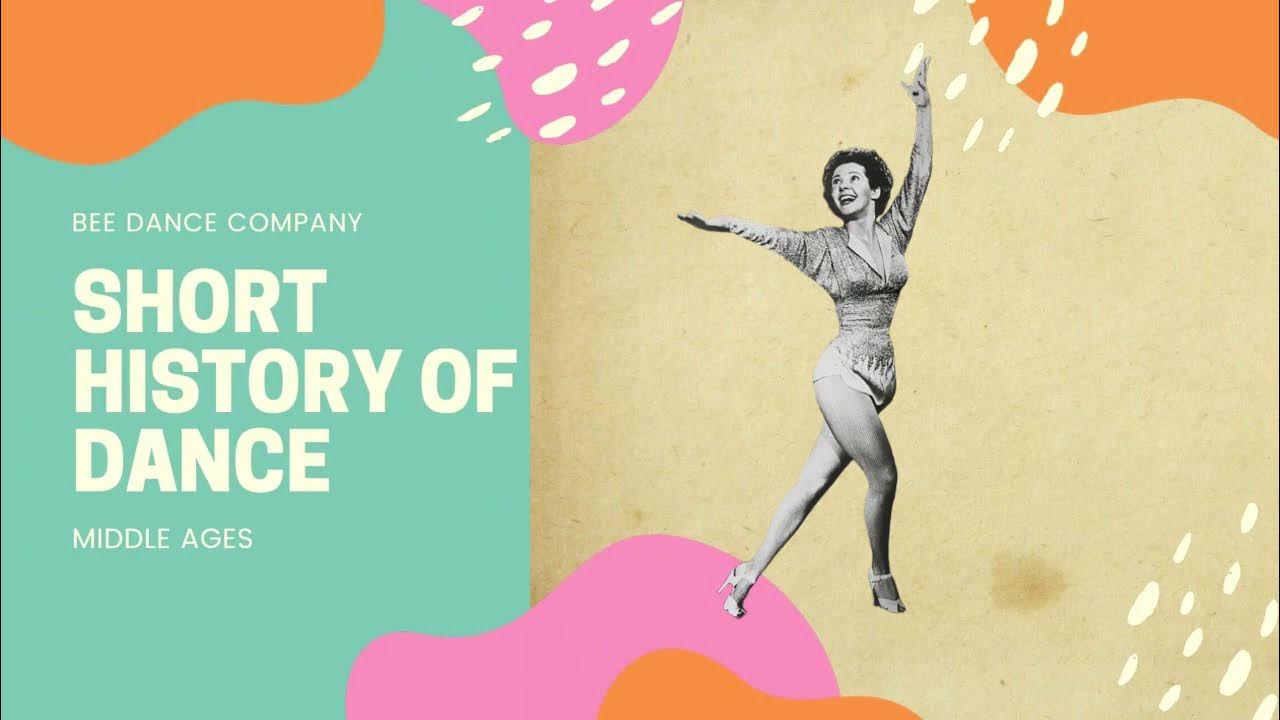The Power of Dance - Colleena Shakti Documentary
Summary
TLDRThis transcript follows a Western woman who has spent over 13 years in Rajasthan, India, immersing herself in the world of Indian classical dance, particularly Odissi, and Rajasthani folk traditions. She shares her journey of learning from Kalbeliya gypsies, teaching dance as a holistic practice, and how dance serves as a devotional, spiritual path. Her story highlights the power of lineage, art as a conduit for divine expression, and the balance between maintaining tradition and creating contemporary fusion dance that honors her spiritual and artistic heritage.
Takeaways
- 💃 The speaker is a Western woman who has embraced Indian classical dance and made it her own, living in Rajasthan, India for over 13 years.
- 🏜️ She learned the Kalbeliya dance form by living with the gypsy tribe in Pushkar, Rajasthan, spending years understanding their culture and values.
- 🌐 The speaker has traveled the world performing contemporary fusion dance, combining her classical Indian dance training with other styles.
- 🤔 She explores the deeper meaning of dance as a path to realization and the importance of the Guru-shishya tradition in Indian classical arts.
- 🕉️ The dance form of ODC (Odissi) was revived and classicized, incorporating elements from temple sculptures and ancient texts.
- 👩🏫 The speaker's guru, Sujata, is described as a powerful and devoted teacher who has deeply influenced her understanding and practice of dance.
- 📚 The speaker runs a school in Rajasthan that is located within a temple, emphasizing the devotional aspect of the dance form.
- 🌟 She believes that dance is a holistic practice and a way to express one's higher self, aiming to transmit the beauty, peace, and contentment associated with it.
- 🌱 The speaker is dedicated to preserving ancient virtues and wisdom through her dance and teachings, seeing it as a way to liberation.
- 🌏 She teaches Indian fusion belly dance worldwide, creating a style that blends classical Indian aesthetics with contemporary dance.
Q & A
What does the woman in Rajasthan, India aim to achieve through her dance performances?
-She aims to move people to tears, create a sense of mystery, inspire, instill hope, and transmit the essence of Indian classical dance.
How did the Western woman become involved with the Kalbeliya tribe in Rajasthan?
-She came to India to study ODC and also to take a trip to Rajasthan to find the tribe of gypsies she had seen in a film called Macho Drum.
What was the initial challenge the woman faced when trying to learn the Kalbeliya dance?
-The initial challenge was that the Kalbeliya tribe did not teach their dance to outsiders and had no idea how to break down the dance to teach someone from outside their tribe.
How did the woman manage to learn the Kalbeliya dance?
-She spent years in the gypsy camp, eating with them, playing with the children, learning their songs, and becoming a part of their culture.
What is the nature of the Kalbeliya dance according to the woman?
-The Kalbeliya dance is a completely improvisational dance with an aspect of charm that makes it fun to perform.
How does the woman describe her experience living in Rajasthan for over 13 years?
-She feels at home there and uses Rajasthani dance to tell her story as it is a pure expression of joy for her.
What other traditional groups in Rajasthan does the woman work with?
-She works with the Lunga and Manganiyar, traditional people who memorize stories and songs and pass them down generation to generation.
What does the woman feel when she dances with the Lunga and Manganiyar?
-She feels a sense of history and tradition, as if she is living 800 years ago, and she appreciates how they keep their traditions alive.
What is the significance of temple dancing in the woman's dance practice?
-Temple dancing was traditionally centered in famous temples like the Jagannath temple, where women called Maharis would dance and act out stories of Lord Krishna.
How does the woman describe the process of learning under a guru in the Guru shishya parampara tradition?
-It is not just about learning dance technique but also about learning the way of life, the path of the artist, and the way to ultimate fulfillment.
What does the woman consider the most important aspect of her art?
-She considers the potential of expressing her higher self and being a conduit for something divine as the most important aspects of her art.
How does the woman view her role as a teacher and her students?
-She feels more like a student than a teacher and is inspired by her students' sincerity and efforts to grow and explore their potential.
Outlines

Dieser Bereich ist nur für Premium-Benutzer verfügbar. Bitte führen Sie ein Upgrade durch, um auf diesen Abschnitt zuzugreifen.
Upgrade durchführenMindmap

Dieser Bereich ist nur für Premium-Benutzer verfügbar. Bitte führen Sie ein Upgrade durch, um auf diesen Abschnitt zuzugreifen.
Upgrade durchführenKeywords

Dieser Bereich ist nur für Premium-Benutzer verfügbar. Bitte führen Sie ein Upgrade durch, um auf diesen Abschnitt zuzugreifen.
Upgrade durchführenHighlights

Dieser Bereich ist nur für Premium-Benutzer verfügbar. Bitte führen Sie ein Upgrade durch, um auf diesen Abschnitt zuzugreifen.
Upgrade durchführenTranscripts

Dieser Bereich ist nur für Premium-Benutzer verfügbar. Bitte führen Sie ein Upgrade durch, um auf diesen Abschnitt zuzugreifen.
Upgrade durchführenWeitere ähnliche Videos ansehen

Complete Art and Culture | LEC 12: Indian Clasical Dance Forms | GS History by Aadesh

IKS Lecture:Ancient India Dance lecture 1 module 18

IKS Lecture Ancient India Dance 1 module 17

Revival of Ancient Traditions | India: The Land Of Timeless Culture | National Geographic

Jasu Khan - Blind Audition - Episode 4 - July 31, 2016 - The Voice India Kids

Short History of Dance - Medieval times
5.0 / 5 (0 votes)
